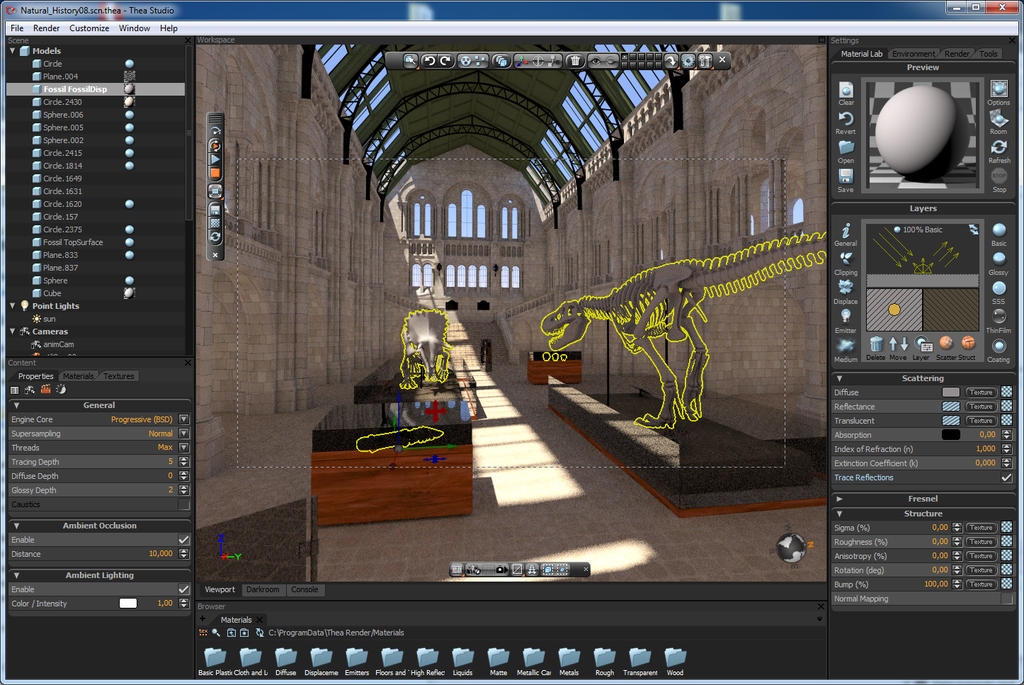


THEA RENDER VS OCTANE MANUAL
This is the exact same process V-Ray uses for V-Ray proxies, just automatically applied without any manual setup.

Instead of manually converting Laubwerk Plant Objects into V-Ray proxies, the Plant Object detects when V-Ray is used for rendering and dynamically creates the model's geometry during rendering. V-Ray Supportĭedicated support of V-Ray saves you time and memory. Laubwerk Plant Objects are fully scriptable using MaxScript. It dynamically loads the model's age and shape that you chose, creating a simple viewport approximation that allows you to apply model alterations and adjust level of detail settings. The Plant Object represents a Laubwerk plant model in your scene by using low-memory hull or skeleton mode for easy placement. Loading the plants through the Plant Library Browser directly creates materials with basic shading and textures preassigned, saving you time and memory while you work. Drag-and-drop your 3D tree species into your scene or replace existing trees. The Plant Library Browser appears right in the 3ds Max, Maya, Cinema 4D, or SketchUp main menu and provides direct access to the Laubwerk Plants installed on your computer. And when you're satisfied, watch the Laubwerk Player dynamically render fully-detailed plant models at amazing speeds, with automatic default materials and level of detail. You get multiple drawing options in the viewport (like simple hull shape or skeleton) for quick feedback and low memory usage while editing your scene. Inserting, controlling and rendering great-looking 3D tree models has never been easier with the Laubwerk Player plugin! The Laubwerk Player provides immediate visual access to your Laubwerk plant library.


 0 kommentar(er)
0 kommentar(er)
